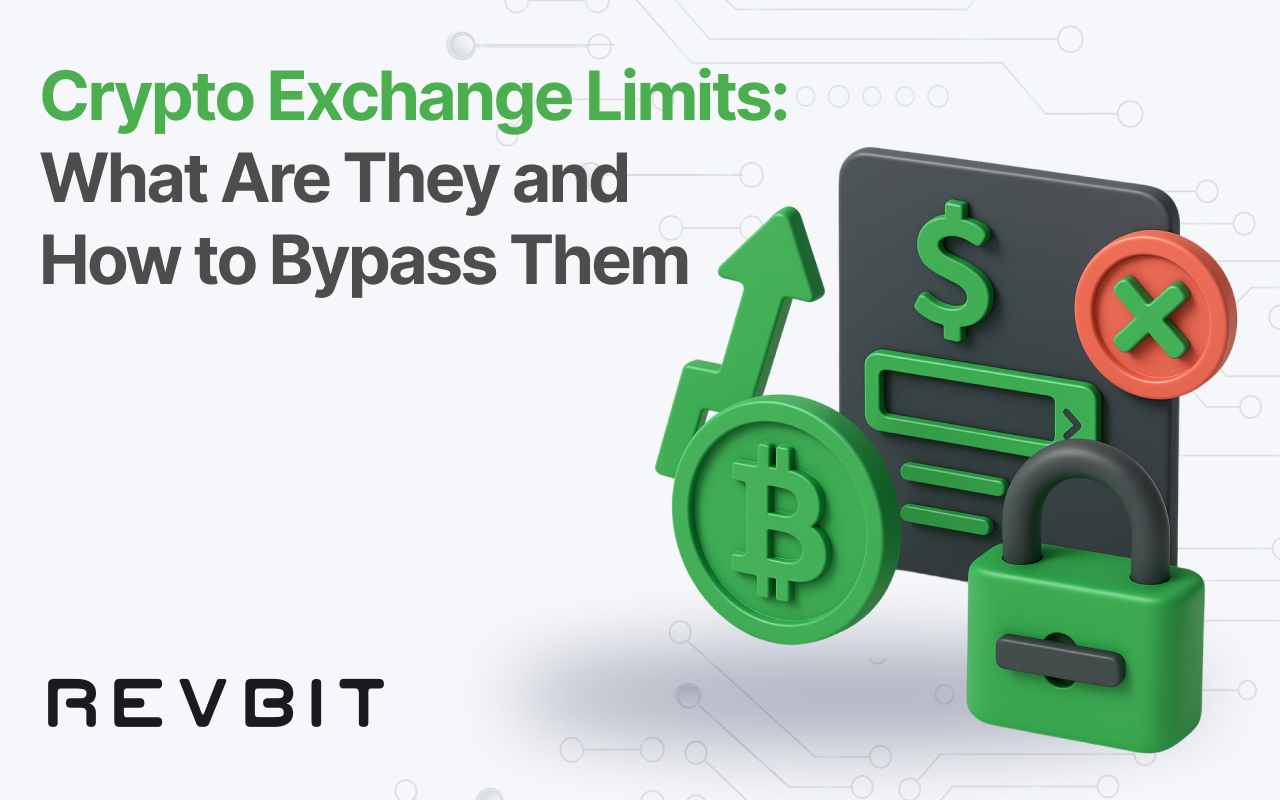
Most traders first meet crypto exchange limits when they try to withdraw more than a few thousand dollars in Bitcoin and get a pop‑up warning. Deposit ceilings, crypto transfer limits, and crypto withdrawal limits exist on every centralized platform — but the size, logic, and work‑arounds vary widely.
Why Do Exchanges Impose Limits?
Before diving into numbers, it helps to see why caps exist at all. Limits aren’t just arbitrary speed bumps; they are baked‑in risk controls that keep both the venue and its customers solvent and compliant.
- Regulatory compliance. KYC/AML laws require reporting of suspicious flows; limits help exchanges flag them early.
- Liquidity management. Even top‑tier venues keep only a fraction of assets in hot wallets for security, so caps protect reserves.
- Security buffers. Time‑ and volume‑based restrictions reduce the blast radius of hacks or stolen API keys.
- Tiered incentives. Bigger limits encourage users to finish full identity verification and climb to higher fee‑discount tiers.
Common Types of Crypto Exchange Limits
Every platform structure caps a little differently, but almost all of them fall into four recurring buckets.
Deposit Limits
Fiat deposits for unverified accounts often start at a few hundred or thousand dollars per day. Crypto deposits are usually unlimited but can be held for up to 72 hours after card purchases.
Source: https://support.kraken.com/articles/360000381806-viewing-your-cash-deposit-and-withdrawal-limits
Withdrawal Limits
Crypto exchange withdrawal limits are the restriction traders feel most. On Coinbase, fully verified users face a default ceiling of US $100,000 per day. Bybit’s VIP 5 tier tops out at 10 million USDT daily.
Source: https://support.coinex.com/hc/en-us/articles/360034457433-How-to-Get-Higher-Withdrawal-Limit
Transfer Limits Between Accounts
Internal moves — from spot to derivatives or earn wallets — can also be capped. Some venues freeze funds for 24 hours after large inter‑account transfers.
Global Account Limits
A few exchanges combine all activity into rolling 24‑hour crypto limits, so a large bitcoin exchange limit withdrawal may lock further transfers until the clock resets.
Exchanges with the Highest Limits in 2025
Big‑ticket traders naturally ask, “Which crypto exchange with highest limits should I use?” The table below spotlights the current leaders.
| Rank | Exchange | KYC Tier Needed | Daily Crypto Cap | Notes |
| 1 | Bybit | VIP 5 + full KYC | 10 M USDT | Industry‑leading cap for retail users |
| 2 | Binance | VIP 9 + Advanced Verification | Up to 96 M USDT | Scales with 30‑day volume |
| 3 | Kraken | Pro/Intermediate | ≈ $10 M equivalent | Limits vary by nationality and verification level |
| 4 | Coinbase Prime | Institutional | Custom | Negotiated per client, starting at $100 K/day base |
If you truly need a no limit crypto exchange, your only realistic routes are OTC desks or non‑custodial swap aggregators, which we cover next.
See also our in‑depth guide: “Best Crypto Exchanges for Beginners & Pros” for a broader comparison.
No‑Limit and High‑Limit Alternatives
Ceilings on centralized exchanges aren’t the end of the road. Several work‑arounds can lift or eliminate caps altogether:
- Decentralized exchanges (DEXs). On‑chain swaps have no centralized caps, though network gas fees and slippage become the practical restriction.
- Peer‑to‑peer (P2P) marketplaces. You set any ticket size, provided counterparties agree.
- OTC brokers. Institutional desks route large blocks directly between wallets, bypassing public order books.
- Non‑custodial cross‑chain swaps. Services let you exchange BTC to XMR instantaneously, with no withdrawal step and therefore no ceiling — a functional no limit crypto exchange for most pairs.
For example, if you’re tracking the Bitcoin price today and decide to rotate a large BTC stack into privacy‑focused XMR, swaps let you do so in minutes without touching centralized quotas.
How to Bypass Crypto Limits Legally
Restrictions can be frustrating, but they’re rarely insurmountable. Here’s a playbook that stays on the right side of the law.
- Complete full KYC. On most platforms, moving from “Basic” to “Advanced” instantly boosts limits by 10–100×.
- Use multiple exchanges. Splitting a 5 BTC outflow across two venues dodges a single hard cap.
- Plan incremental transfers. Schedule withdrawals over several days to stay under per‑day ceilings.
- Leverage layer‑2 networks or stablecoins. Converting ETH to USDT on a side‑chain with cheap gas, then bridging to your cold wallet, can skirt high on‑chain fees that effectively create soft restrictions.
- Swap off‑exchange. Non‑custodial services and OTC desks let you convert assets directly between wallets with no withdrawal step.
Tip: Restrictions change fast when regulators act. Bookmark exchange support pages or enable email alerts so policy tweaks don’t catch you off guard.
Conclusion
Before you try to bulldoze through withdrawal caps, remember that restrictions are not arbitrary punishments — they’re the financial equivalent of guardrails on a mountain road. They keep exchanges liquid, regulators satisfied, and your funds safer from hacking fallout. Knowing where those guardrails sit and how to steer around them when you legitimately need more room — turns a potential obstacle into a strategic advantage.
- Crypto exchange limits are here to stay — driven by compliance, liquidity, and security needs.
- The highest readily available ceilings in 2025 hover around 8–10 M USDT per day for well‑verified retail accounts.
- No‑limit solutions exist: DEXs, OTC desks, and non‑custodial swaps.
- Legal bypasses boil down to better KYC tiers, multi‑exchange strategies, layered timing, and off‑exchange conversions.
- Whatever route you choose, always withdraw to self‑custody before executing complex flows to keep counter‑party risk to a minimum.
Need to move sizable funds today? Start with a quick swap and stay three steps ahead of the curve without ever slamming into a ceiling.